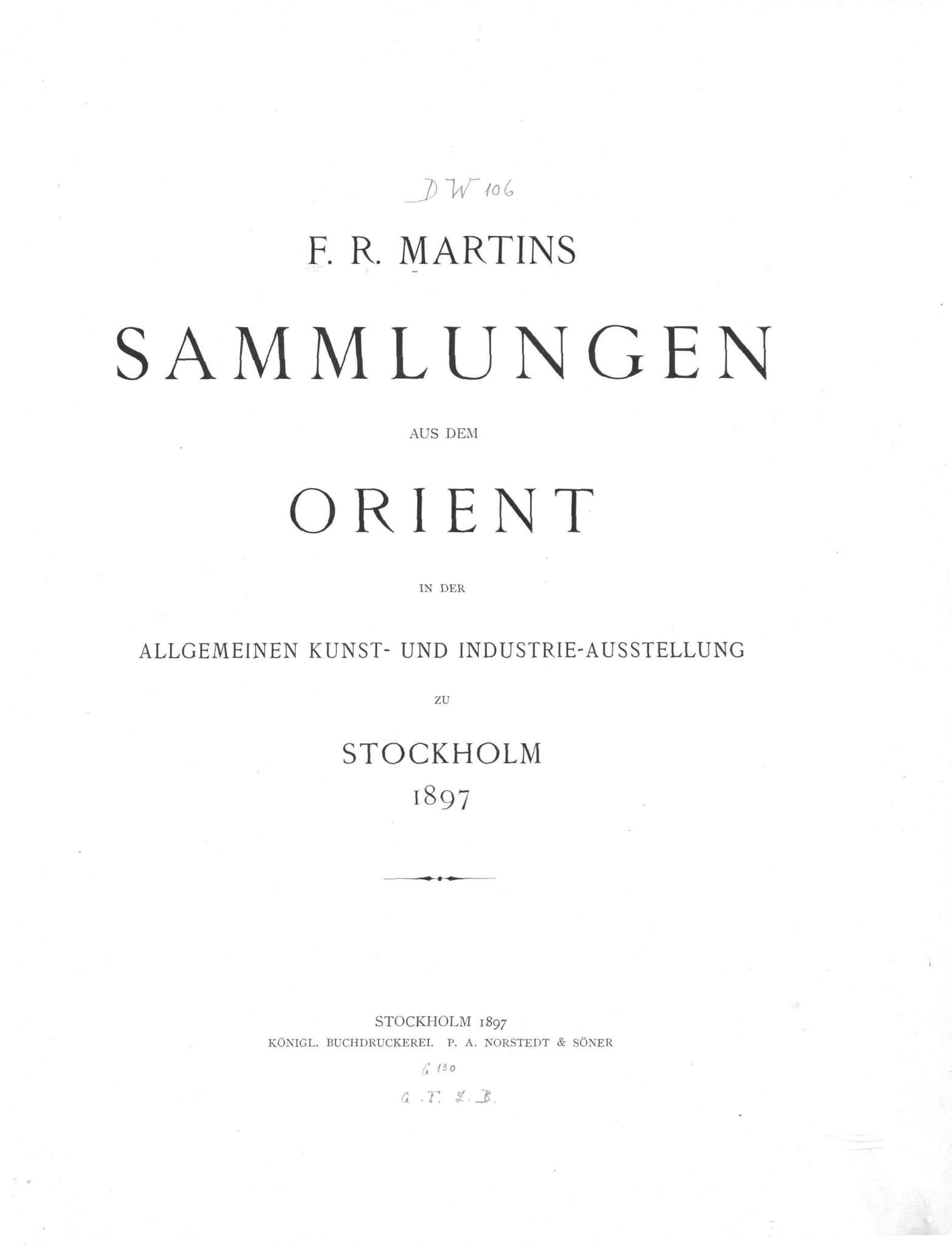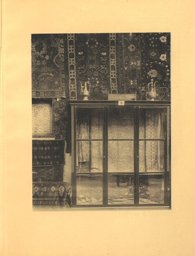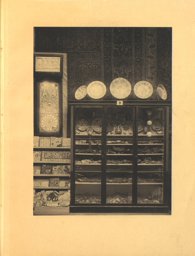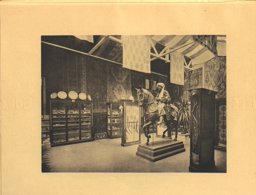This exhibition catalogue lists all the objects from the ‘Orient’ from Frederik Robert Martin’s (1868–1933) collection that were on display at the General Art and Industrial Exposition of Stockholm in 1897. The list is structured by the display of the objects: in fourteen exhibition cases, or, when they were exhibited separately, with brief details on their exact placement. The list contains a very brief characterization of each item exhibited, and in some cases, an approximate date as well as the geographical origin.
The text is followed by an illustration section with eight full-page black and white photographs. They do not show separate items, but exhibition views. The case numbers and the brief descriptions of the objects’ locations help to identify the objects listed in the photographs.




